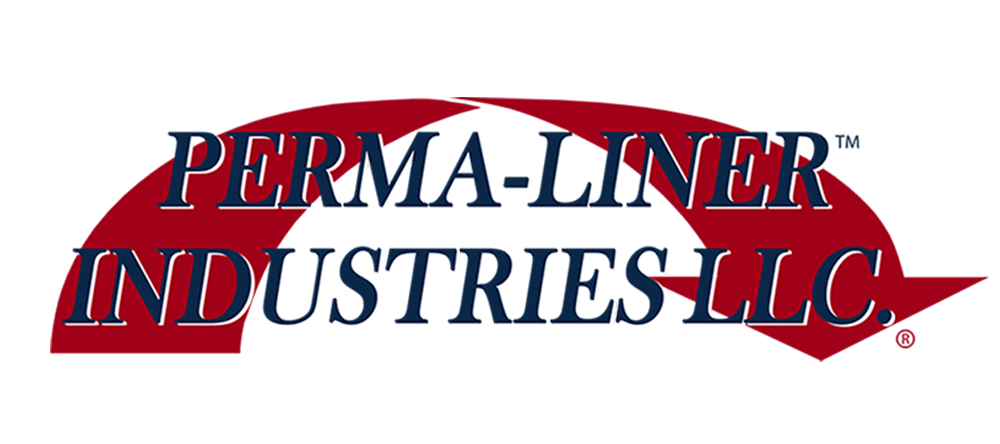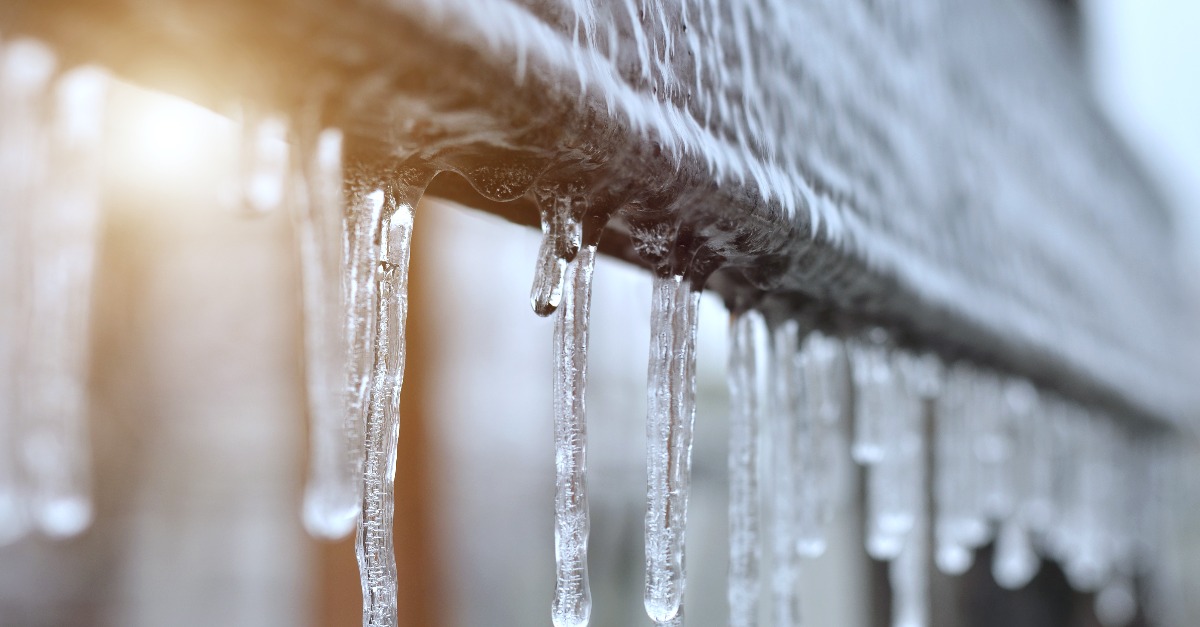A series of recent manhole fires in the heart of Manhattan forced the evacuation of several theaters and was a stark reminder that the subway is not the only creaky infrastructure beneath the streets of New York City.
New York City has one of the oldest and largest infrastructures in the world, including some areas more than centuries old. On a regular day, these pipes are prone to cracks, leaks, and complete breaks. In the winter, it makes the pipes much more prone to issues arising.
During the late January polar vortex, single-digit temperatures in the city quickly rose into the 50s. The thaw brought many issues to the city’s 6,500 miles of water mains. When there is a freeze then a thaw, the ground around the water mains expand and contract to put pressure on the pipes.
In a given year, there are typically between 400 and 600 water main breaks. The majority occur in winter when the cold can make older cast-iron mains brittle. In January, 75 water main breaks were repaired.
The city’s 7,500 miles of sewer lines are less affected by cold weather because they are generally buried deeper than other utilities, below the frost line.
Upgrading and repairing the city’s below-street utilities is a slow process for a major city. The city is currently replacing older, leak-prone water and sewer pipes.
Some pipes that are more than a century old hold up because they were built with a thicker grade of cast iron, according to Environmental Protection Department officials. For less effective ones, the agency has invested more than $1 billion in the past five years — with an additional $1.4 billion budget over the next five years — for upgrades and replacements. New pipes will be made of a more durable, graphite-rich cast iron known as ductile iron.
Of course, winter also poses problems aboveground. Most nonemergency repair and construction work involving concrete is halted because concrete and some types of dirt, used to fill in trenches, freeze in colder temperatures.
Digging by hand is also a challenge in frozen ground, so many excavations that are close to pipes and other utilities are put off.
In the extreme cold, city officials will not risk shutting down water mains for construction because spillage into the street could freeze. Stopping the water flow could freeze the private water-service connections that branch off the mains.
As with most of the country and infrastructure, many are ready for relief from the freezing temps. How many more freezing winters will New York’s – and America’s – aging infrastructure hold up?









